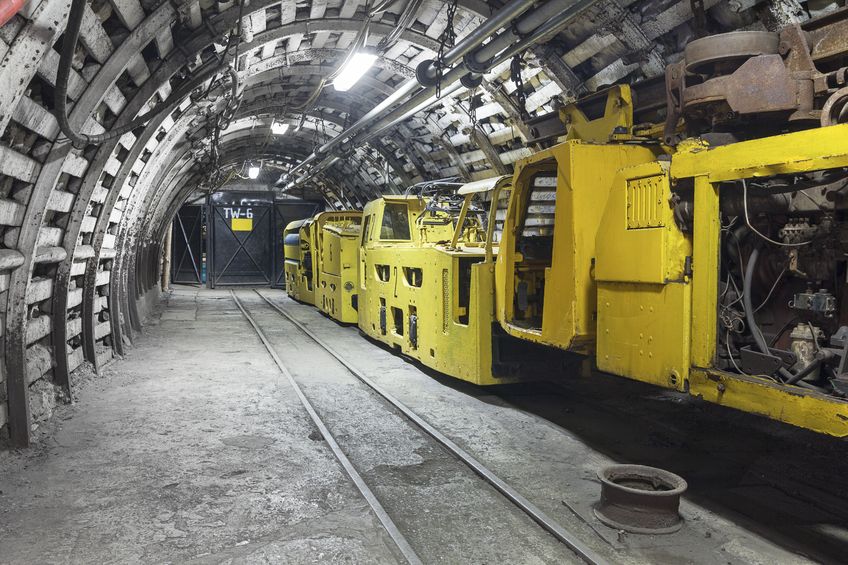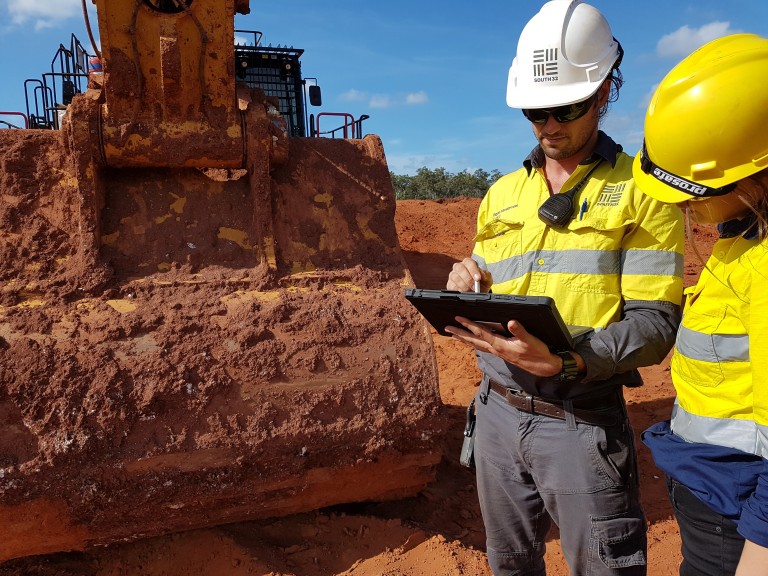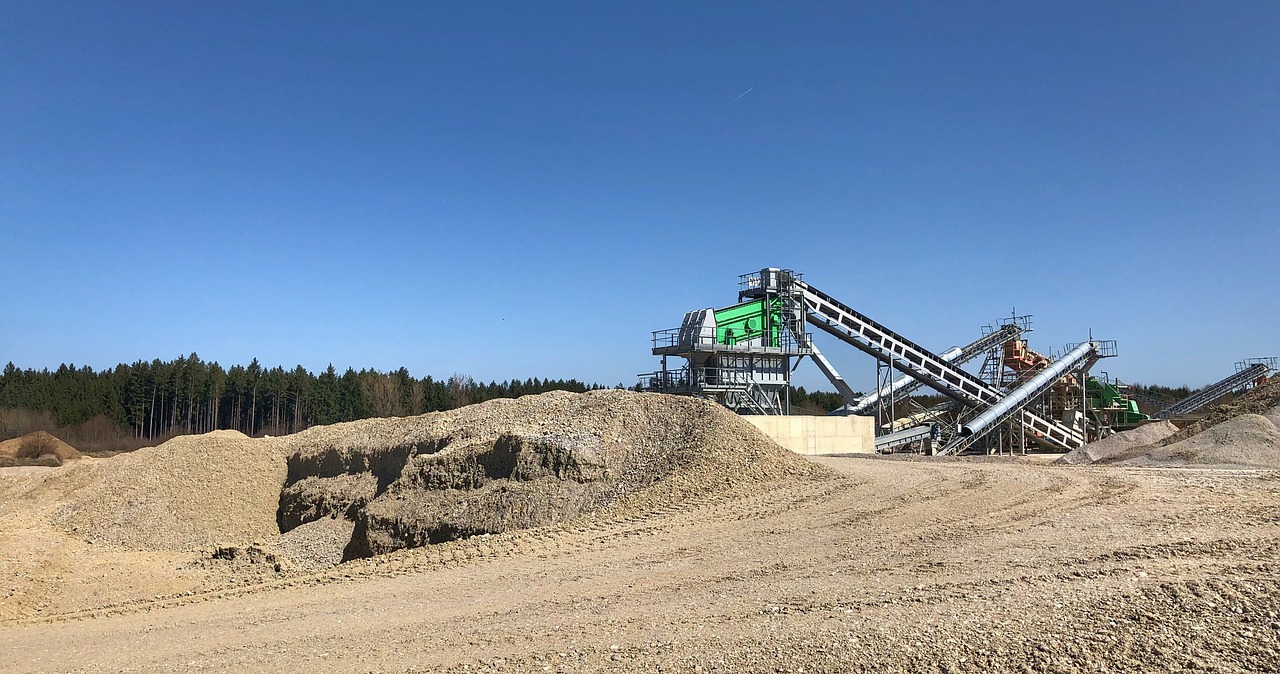
The team at Commit Works have been implementing Short Interval Control (SIC) systems for over 20 years in mines, workshops, factories and even an insurance company.
The central idea behind SIC is that when supervisors are more AWARE of how their process is performing during the shift, then they will be able to ACT to keep the process on course to hit its target each shift.
This is a simple idea, right? All you do is get supervisors to check at regular intervals throughout their shift if they are on target and to act to improve the situation if they find they are off track. In reality, however, the success of SIC depends on multiple factors.
What’s in the Short Interval Control sandwich?
Whether it’s mining or another industry, there are three key ingredients that go into Short Interval Control – we call it the SIC sandwich.
- The top piece of bread should be an agreed and a realistic frontline plan for all work that the supervisor is responsible for.
- In the centre (the filling) is the tool supervisors or crew use to record (in short intervals) whether they are on track or not.
- On the bottom is the method for knowing how much ore, cubic metres, drill metres, work orders, widgets or insurance claims have been moved or completed at points throughout the shift.
Each of these elements makes the supervisor more AWARE of the performance of their process compared to the agreed plan for the shift. Given this awareness, the supervisor must then ACT appropriately to bring the process back into control and ideally describe what actions they took in a shift report.
The top of the SIC sandwich is the frontline planning and scheduling (or work management) system, which takes plans from systems like SAP, Deswik, Xact, MS Project, rosters, and leave and service schedules and makes them into a coordinated plan that can be committed to and executed on the shift. In most operations this is done via spreadsheets and whiteboards.
The centre (sandwich filling) has, for a long time, been A3 sheets of paper for supervisors to complete at two- or three-hourly intervals during a shift. In general, supervisors dislike these tools with a passion and seldom complete them properly or sustain them after consultants have left. More recently, some major mining firms have attempted to build software tools that supervisors can use in the field. These have been fraught with usability and connection issues, which have prevented most of them from being successful.
The bread on the bottom used to be provided through paper truck counts or radio calls but, more recently, has relied on fleet management systems (FMS) to give up-to-date information about the measurable raw tonnes, metres, cubic metres etc. coming off each machine. To be successful, the data needs to get from machines to the supervisor quickly. In a small opencast mine this can be achieved by the supervisor standing on the highwall observing operations; in a complex underground mine it could require a well-designed system of sensors, tags and communications infrastructure.
Why most Short Interval Control sandwiches fail
In our experience, most SIC sandwiches don’t work because of weakness in the top two layers.
Without a reasonable and agreed shift plan, the crew doesn’t have realistic targets to aim for, so there is no point breaking those targets up into smaller intervals to track against. “But”, you say, “we have the weekly plan (from Deswik, EPS or Xact etc.) which sets the targets.” Dividing a weekly production plan target into 14 even shifts is a convenient and easy shortcut to take but is destined for failure because it doesn’t take into account the variability in the workplace (conditions, maintenance, sick leave etc.) that the supervisor has to cope with.
Dividing the week up into shifts without taking all the other work and conditions into account means the supervisor and crew will never have a plan that actually makes sense on their shift – some shifts will have low targets and others will have unachievable targets, there will be services or sequence work that needs to be done and machines will need to be maintained, making the plan impossible.
Send a crew to work over and over again with a plan that doesn’t make sense and it’s likely they will lose respect for the plan (and their leaders) and choose to do things their own way.
Making SIC work
The holy grail of SIC is to have a single system that enables you to bring all planning information into an integrated shift plan that can be agreed at weekly and daily commitment meetings. This plan can then be:
- reviewed, adapted and committed to before the crew go to work
- used to assign work to people
- used to brief the crew at pre-starts/line-ups.
The same system can either print or deliver the plan to supervisors or crew on a phone or tablet at the face, and throughout the shift the work being done can be “closed off” in short intervals so that the control room, general foreman, shift boss, undermanager etc. and planners know that the right work is getting done.
This can integrate with fleet management systems to bring real-time data back to the supervisor through a tool, or regular radio calls can be made to check in on progress. At the end of shift, the supervisor and crew will have closed out most of the tasks and already written most of their shift report in the app, so a quick conversation around a touchscreen is enough to close out the shift.
All the data collected ends up in simple reports for use in daily review meetings to identify variances and plan corrective actions. This data is then available to business improvement people for analysis and continuous improvement work.
Commit Works has the only enterprise-quality system that makes this possible. It can be set up and implemented on your site in a matter of weeks and fits easily into operational expense budgets.
Global examples
Anglo Dawson OC, whiteboard daily planning meeting to set targets for the shift, paper based A3 SIC sheets, radio calls to each machine and supervisor at 3 hour intervals to say whether they were on plan or not.
Glencore Sudbury, UG Nickel mine planning development sequence work and tracking actuals from the face using an offline app.
Rio Kestrel, Fewzion work management planning system, crib room PC for entering actuals data, view of SCADA system and work orders from trades to tell how shift was progressing.
Anglo, Zibulo – Fewzion work management system, underground WiFi phones with a Fewzion SIC App to record actuals at the face.


